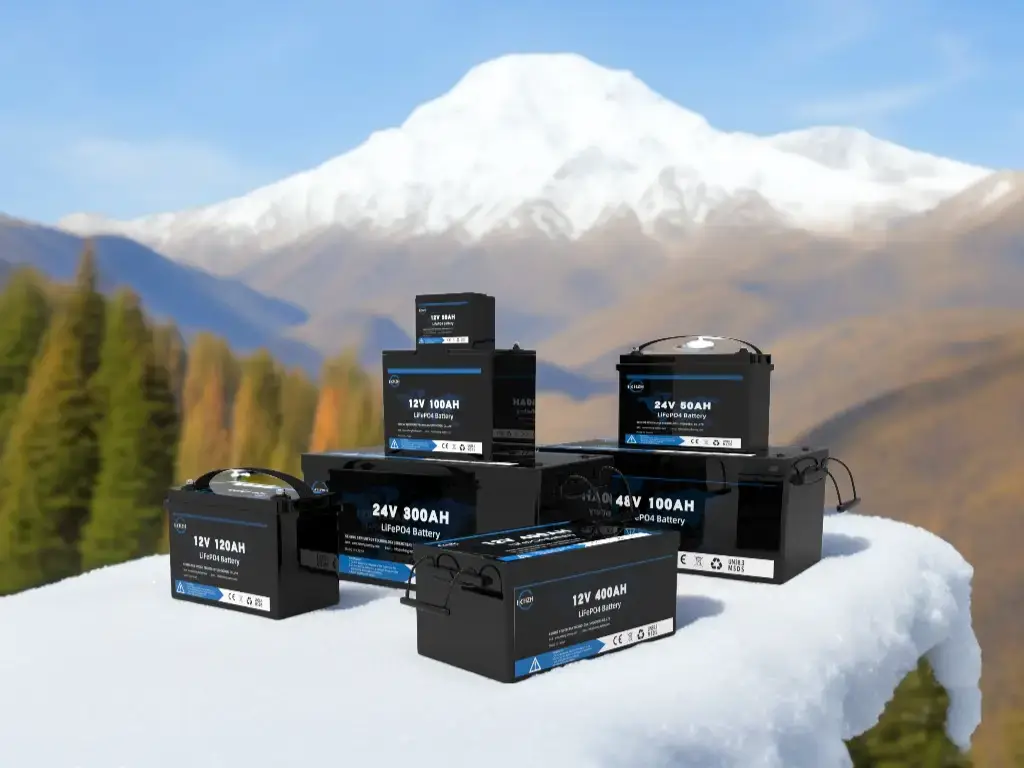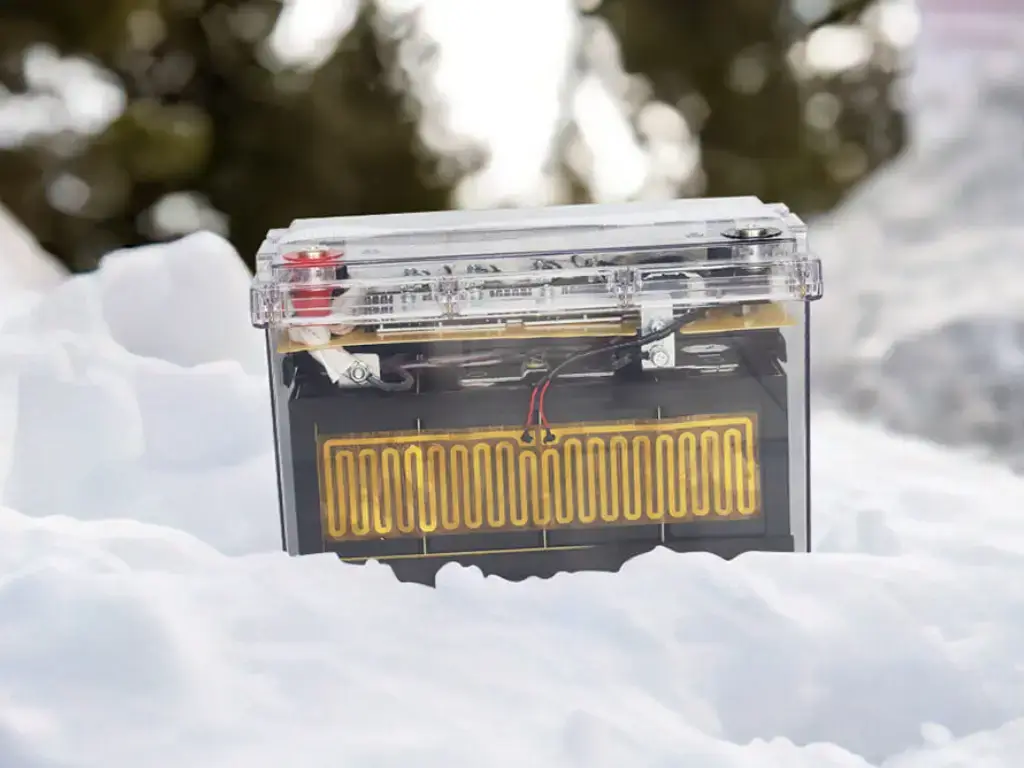What Are The 11 Best Deep Cycle Marine Batteries?If you want to know more about deep cycle marine batteries and understand the products offered in the market, the engineer team of Keheng Lithium Battery Company can provide you with one-to-one technical answers, welcome to leave a message for inquiry!
Deep Cycle Battery Definition
A deep cycle battery is a battery that is designed to be periodically deeply discharged using most of its capacity. The term has traditionally been used primarily for lead-acid batteries that have the same form factor as car batteries; such batteries are designed to provide only a fraction of the capacity to crank the engine in brief bursts of high current compared to cranking car batteries.
For lead-acid deep cycle batteries, there is an inverse relationship between the depth of discharge (DOD) of the battery and the number of charge and discharge cycles it can perform; the average “depth of discharge” is about 50% and is recommended as the best option for storage versus cost.
Batteries are classified according to their cycle characteristics, one for deep cycle use and the other for “backup power” batteries for floating charge use. The battery life cycle is expressed by the number of deep cycles. The battery life cycle of 0.8C10 deep charge and discharge cycle can reach more than 1200 times; while the battery life of floating charge can reach 10 to 12 years, and some can reach 15 to 20 years. When the battery has only 80% capacity, it is considered to end of life.
deep cycle marine Battery Mainstream brand recommendation
There are dozens of deep-cycle battery manufacturers to choose from. For your convenience, we’ve compiled 11 of the most popular, including:
Keheng lithium battery(China’s powerful lithium battery OEM manufacturers)
dakotalithium; Relionbattery; Battlebornbatteries
Bass Pro; Mighty Max; V Max; Battle Born
Chins; Ampere Time; Optima
Additionally, we’ll provide you with more about deep cycle batteries and their expected lifespans.
What Is A Deep Cycle Marine Battery?
Deep cycle marine batteries are those with a depth of discharge greater than 80%.
Depth of discharge (DOD) refers to the percentage of rated capacity that is removed from the battery. The depth of discharge of shallow-cycle marine batteries should not exceed 25%, while deep-cycle marine batteries can discharge 80% of the charge (Ball & Risser, 1988). Because battery life is affected by the battery’s average state of charge, we must reconcile the relationship between battery cycle depth and capacity when designing a system.
Deep cycle marine batteries differ from batteries in other fields because they have thicker active lead panels. Deep cycle marine batteries are more resistant to corrosion after multiple charge/discharge cycles.
Newer technologies than traditional lead-acid batteries such as lithium-ion are becoming commonplace in small form factor applications such as smartphones and laptops. New technologies are also starting to become common in the same form factor as automotive lead-acid batteries, albeit at a significant price premium.
The difference between deep cycle marine batteries and spark batteries (starting batteries):
An analogy to marine starter batteries is this: Marine starter batteries are like the sprinters of the battery world, providing quick power for short periods of time (battery starting current), they are different from deep cycle batteries because they need to provide short-lived power to Start something, like a marine engine, and run it on gasoline.
Deep cycle marine batteries are like marathon runners, providing power energy for a long time (providing long-term endurance power current for the boat).
Through the above interpretation of the concept of deep cycle marine batteries and spark batteries (starting batteries), you cannot use deep cycle batteries for such marine instant start applications, because deep cycle marine batteries can provide continuous power, the wrong use of deep cycle Batteries can impair battery performance and life.
Related reading: BATTERIES FOR MARINE MACHINE
Deep Cycle Marine Battery VS Starting Battery:Which is better for anglers
Types of Deep Cycle Marine Batteries
The structural difference between deep cycle and start lead acid batteries is in the lead battery plates. Deep cycle battery plates have thicker active plates with higher density active slurries and thicker separators. Alloys used for deep cycle battery plates may contain more antimony than starter batteries. Thicker battery plates resist corrosion by extending charge and discharge cycles.
Deep cycle lead-acid batteries are generally divided into two distinct categories; flooded (FLA) and valve-regulated lead-acid (VRLA), where VRLA types are further subdivided into Absorbed Glass Mat (AGM) and Gel types. The reinforcement of the absorbent glass mat partition helps reduce damage from spills and shocks. In addition, flooded deep cycle batteries can be classified into the subcategories of tube plating Opz or plate plating. This difference usually affects the cycle life and performance of the battery.
Types of Deep Cycle Marine Batteries: Flooded (FLA)
The term “submerged” is used because this type of battery contains a certain amount of electrolyte so the plates are completely submerged. The electrolyte level should be above the top of the plates and act as a reservoir to ensure that water loss during charging does not lower the level below the top of the plates and cause damage. A flooded battery will decompose some water from the electrolyte during charging, so regular maintenance of a flooded battery requires checking the electrolyte level and adding water. The main failure modes of deep cycle batteries are loss of active material due to plate peeling, and corrosion of the internal gate supporting the active material. The capacity of deep cycle batteries is often limited by electrolyte capacity rather than plate quality to increase life expectancy.
Types of Deep Cycle Marine Batteries: Valve Regulated Lead Acid (VRLA)
The design principle of valve-regulated lead-acid battery is to inject the required amount of electrolyte into the electrode plates and separators, without free electrolyte, to improve the ability to absorb oxygen by moistening the negative plate, and to prevent the reduction of electrolyte, the battery is sealed, Therefore, valve-regulated lead-acid batteries are also called “poor liquid batteries”.
The grids of VRLA batteries are mainly made of lead-calcium alloys to increase the overpotential of gas evolution (H2 and O2) at the positive and negative electrodes and reduce the amount of gas evolution during charging. Oxygen begins to occur when the positive plate reaches 70% charge, and oxygen begins to occur when the negative plate reaches 90%. In the production process, the ratio of the thickness of the positive and negative plates is generally 6:4. According to the change in the mass ratio of the positive and negative active materials, when the velvety Pb on the negative electrode reaches 90%, the PbO2 on the positive electrode is close to 90%, and then after a little charging, the active materials on the positive and negative electrodes are oxidized and reduced to 95% respectively, which is close to full charging, which can reduce the evolution of H2 and O2 gases. Ultra-fine glass fibers (or silica gel) are used to absorb and store the electrolyte, and at the same time provide a channel for the oxygen evolved on the positive electrode to diffuse to the negative electrode. In this way, once oxygen diffuses to the negative electrode, it is immediately absorbed by the negative electrode, thereby inhibiting the generation of oxygen on the negative electrode, resulting in the elimination of more than 90% of the gas generated during the float charging process (a small amount of gas is discharged through the safety valve).
Float voltage = open circuit voltage + polarization voltage
=(Specific gravity of electrolyte+0.85)+(0.10~0.18)V
=(1.30+0.85)+(0.10~0.18)V
=2.15V+0.10V
=2.25V
The floating charge current of the fixed acid-proof flameproof battery has two functions:
1) Supplementary battery self-discharge loss;
2) Provide current to daily loads.
The float current of VRLA battery has three functions:
1) Supplementary battery self-discharge loss;
2) Provide current to daily loads;
3) The float current is sufficient to maintain the oxygen circulation in the battery.
VRLA batteries are divided into three categories, namely large, neutral and small. The monomer is large in size of 200Ah and above, medium in 20-200Ah, and small in size below 20Ah.
The power system is generally designed with large lead-acid batteries, while the UPS power supply is designed with medium-sized lead-acid batteries.
Related Reading: What types of marine batteries are there?
Specifications for marine batteries
FM stands for valve-regulated sealed battery; QA stands for starting battery.
CQA stands for start-up battery with ship inspection certificate.
CQW stands for maintenance-free battery with a ship inspection certificate.
(Note: The letters of the same type of batteries from different manufacturers may also be different).
There are two types of Marine(Boat,ship) batteries
(1) The starting battery, used for starting, needs about 12v200ah.
(2) For Power Battery, maintenance-free batteries or valve-regulated batteries are generally used, and the capacity should be configured according to needs.
Each has its own characteristics. The starting battery should be lighter and more frequently charged. The traction battery should be heavier and the number of charging times should be less. As for the number of batteries, it depends on the power of the motor. A boat uses 10 groups of dc12v and 200ah, which are connected in series to form a group of dc24v and 200ah and a group of dc24v and 800ah.
Related Reading: Can you use marine batteries in your car
lithium iron phosphate(Lifepo4)marine batteries
Much like other applications, lithium iron phosphate batteries are emerging as a valuable alternative to traditional lead-acid batteries.
Lithium iron phosphate battery, Chinese name Lithium iron phosphate battery foreign name Lithium iron phosphate Battery. It is a lithium ion battery using lithium iron phosphate (LiFePO4) as the positive electrode material and carbon as the negative electrode material.
During the charging process, some of the lithium ions in the lithium iron phosphate are extracted, transferred to the negative electrode through the electrolyte, and embedded in the negative electrode carbon material; at the same time, electrons are released from the positive electrode and reach the negative electrode from the external circuit to maintain the balance of the chemical reaction. During the discharge process, lithium ions come out from the negative electrode and reach the positive electrode through the electrolyte. At the same time, the negative electrode releases electrons and reaches the positive electrode from the external circuit to provide energy for the outside world.
LiFePO4 batteries have the advantages of high working voltage, high energy density, long cycle life, good safety performance, low self-discharge rate and no memory effect.
Features of lithium iron phosphate(lifepo4) Marine battery
According to reports, the energy density of the square aluminum shell lithium iron phosphate battery mass-produced in 2018 is about 160Wh/kg. In 2019, some excellent battery manufacturers can probably achieve the level of 175-180Wh/kg. The chip technology and capacity are made larger, or 185Wh/kg can be achieved.
higher energy density lifepo4 Marine battery
good safety performance lifepo4 Marine battery
The electrochemical performance of the cathode material of lithium iron phosphate battery is relatively stable, which determines that it has a stable charging and discharging platform. Therefore, the structure of the battery will not change during the charging and discharging process, and it will not burn and explode. It is still very safe under special conditions such as charging, squeezing, and acupuncture.
long cycle life lifepo4 Marine battery
The 1C cycle life of lithium iron phosphate batteries generally reaches 2,000 times, or even more than 3,500 times, while the energy storage market requires more than 4,000-5,000 times, ensuring a service life of 8-10 years, which is higher than 1,000 cycles of ternary batteries. The cycle life of long-life lead-acid batteries is about 300 times.
Related Reading: LiFePO4 battery BOM
What to look for in a deep cycle marine battery
Deep Cycle Marine Battery Weight and Dimensions
Deep cycle marine batteries come in a variety of weights and sizes. The most common sizes are 24, 27, 31, 4D and 8D.
If you’re replacing your current battery, be sure to check its size before buying another.
deep cycle marine battery price
The price of deep cycle marine batteries is a major factor.
Generally, deep cycle batteries are priced above $100. However, if you use them frequently, they are well worth the investment.
Deep cycle lithium iron phosphate batteries are more expensive, but it’s worth remembering that they have more charge-discharge cycles, making them a more viable option in the long run.
They also require less maintenance than lead-acid batteries, are environmentally friendly and last longer, so they may also be less hassle.
The 11 Best Deep Cycle Marine Battery Recommendations
Now that we’ve covered what a deep cycle marine battery is, let’s dive into the best deep cycle marine batteries on the market!
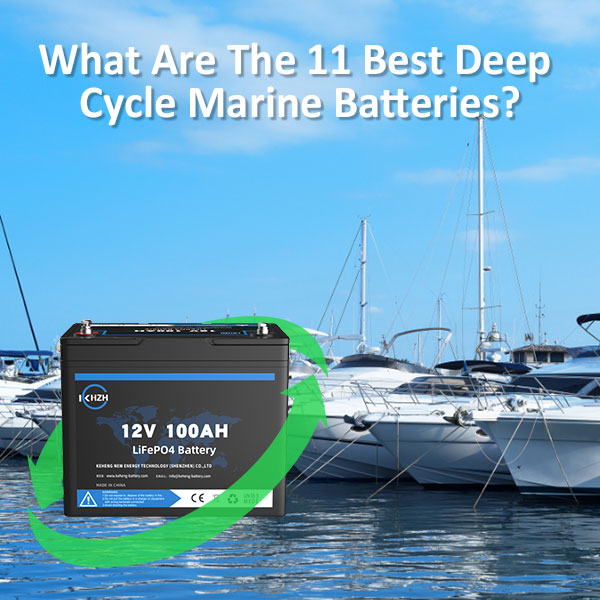
1. Optima 34M Blue Top, 12V, 50Ah
Overview:
Manufactured by one of the best AGM marine battery manufacturers, the Optima BlueTop can be used as both a deep cycle battery and a starter battery.
This battery is known for its durability. Also, you can install it anywhere.
It weighs 43.5 pounds and measures 10 x 6.88 x 7.8 inches.
2. Keheng 50AH 12V LiFePO4 Low Temperature Heating Enable Marine Battery
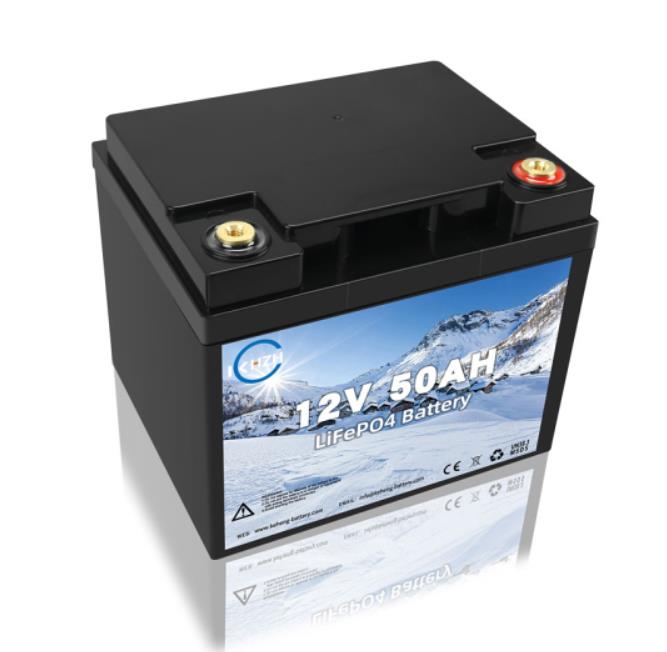
This 50AH 12V LiFePO4 battery are specially dedesigned for low temparature environment, Built-in self-heating system, The battery can work in -30℃, Engineered with Lithium Iron Phosphate (LiFePO4) technology this battery has twice the power, half the weight, and lasts 5 X the lifespan than your typical SLA battery. \Ideal for industrial purposes where you need a long lifespan battery that charges quickly, or for outdoor uses like hiking or camping where weight is at a premium.
Low temperature self heating(Work at -3°C)
Place of Origin: China
Brand Name:KH OEM
Model Number: KH-LFP-LH-1250
Minimum Order Quantity: 10pcs
Price: Negotiable
Support: Wholesale, OEM.ODM
Delivery Time: 7-14 days for samples, 35-60days fpr mass production
Payment Terms: L/C, D/A, D/P, T/T, Western Union
Supply Ability: 100000pcs per month
Certification: UL,CE, ROHS,MSDS, UN38.3,
Packaging Details: Carton
Shipping Terms: Shipping Support: Air Freight, Sea Freight
Port: Guangzhou/Shenzhen
Commodity customs code: 8506500000
Warranty: 10 years
Features
The working temperature can reach -30°C
LCD display optional, real-time understanding of battery voltage and capacity.
50A continuous output voltage can continuously charge big-power devices.
The intelligent BMS system can accurately control the battery to improve the lifespan, no explosion, no fire.
Drop-in replacement for heavy lead-acid(AGM / GEL) battery,1/3weight but same capacity.
2000times cycle life@100% DOD , 7000times cycle life@50% DOD , 10 years design lifespan.
Maintenance-free, fully sealed, and waterproof.
Related Reading: What does BMS (Battery Management System) mean?
Intelligent Battery Management System(BMS)
Over charge protection function
Over discharge protection function
Over current protection function
Short protection function
Over temperature protection function
Automatic cell balance function
Technical Data
Nominal Voltage: 12.8V
Rated Capacity: 50AH @0.5C to 9.6V
Stored energy: 640Wh
Cycle life@100%DOD: 2000 Cycles
Approx. Weight: 6.5kg
Internal Resistance: ≤60.0 mΩ
Max. Charge Current: 50 A
Max. Discharge Current: 50 A
Charge Cut-off Voltage: 15.2V
Discharge Cut-Off Voltage: 9.6V
Dimensions: L198mm×W166mm×H170mm
Low temperature self heating: Avaliable(0~-30°C)
Operating Temperature Range
Charge: -22°F (-30°C) to 113°F (45°C)
Discharge: -22°F (-30°C) to 140°F (60°C)
Recommended 59°F: (15°C) to 95°F (35°C)
Self-Discharge Rate: ≤3%/month
Life Expectancy (years) : 10 years @25°C in 80%DOD
Self Discharge: Approx. 2% per month @ 25°C
Long Term Storage: Charge every 6 months
Short Circuit Protection: Automatically recover after removal of short
Terminal Type: Female Copper Insert M8 (M8/mm)
3. Keheng 100AH 12V Low Temperature Heating Enable Marine LiFePO4 Battery
This 100Ah 12V low temperature LiFePO4 lithium battery packs a big punch. Built-in self heating system inside, When the environment is cold lower to -30°C, battery still can work well as charging and discharging function. ideal for industrial purposes where you need a long lifespan battery that charges quickly, or for outdoor uses like hiking or camping where weight is at a premium.Engineered with Lithium Iron Phosphate (LiFePO4) technology, this is a battery built to last.
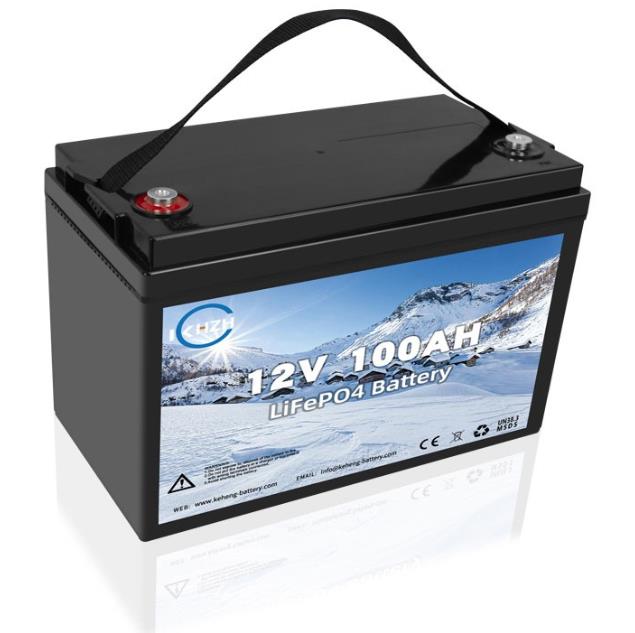
Intelligent Battery Management System(BMS)
Over charge protection function; Over discharge protection function; Over current protection function
Short protection function; Over temperature protection function; Automatic cell balance function
4. Keheng Low Temperature 12V 200ah Deep Cycle Marine LiFePO4 Battery
Overview:
200ah deep cycle LiFePO4 battery are suitable for the cold environment in the north, which can run in -30℃, we built our most compact, and powerful battery yet — ready for long expeditions in your RV, extended ocean voyages in your boat, or plenty of power for your off grid system. Engineered for maximum energy density, this battery has 200 Amp Hours of capacity. That’s 4X the amount of usable power of a single group 50 AGM battery. Built out of Lithium Iron Phosphate (LiFePO4) technology, this is a battery built to last. With a lifespan of 4,000 charge cycles this battery will last up to 5 times longer than your typical AGM battery – providing exceptional value over time. Optimized for marine/boating, solar energy, RVs & electric vehicles. LiFePO4 optimized charger included. This is our original 100Ah battery, re-engineered with 100% more capacity in a similar sized case.
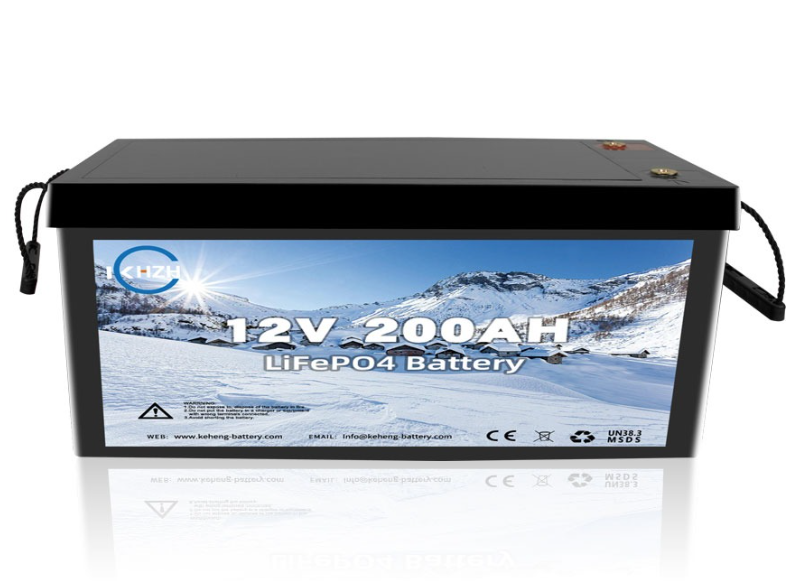
Intelligent Battery Management System(BMS)
5. Keheng Low Temperature 48V 200AH Deep Cycle Marine LiFePO4 Battery
Overview:
Crafted out of Lithium Iron Phosphate (LiFePO4) technology, this is a battery built to last. With 3,000+ recharge cycles (and up to 7,000 under ideal charging conditions,50%DOD) the 48V 200AH LiFePO4 battery provides 5 X the lifespan than your typical SLA battery. Built-in self-heating system, Built-in smart BMS, which can realize real-time monitoring the battery, Compatible with inverters of multiple brands, which can support 16 units parallel connection.
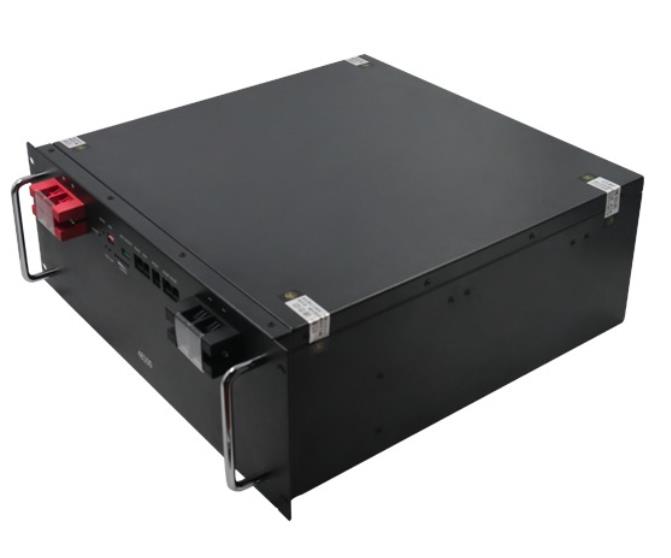
Features
LCD display optional, real-time understanding of battery voltage and capacity.
200A continuous output voltage can continuously charge big-power devices.
The intelligent BMS system can accurately control the battery to improve the lifespan, no explosion, no fire.
Drop-in replacement for heavy lead-acid(AGM / GEL) battery,1/3weight but same capacity.
2000times cycle life@100% DOD , 7000times cycle life@50% DOD , 15 years design lifespan.
Maintenance-free, fully sealed, and waterproof.
Intelligent Battery Management System(BMS)
6. Keheng Low Temperature 48V 100AH Deep Cycle Marine LiFePO4 Battery
Crafted out of Lithium Iron Phosphate (LiFePO4) technology, this is a battery built to last. With 3,000+ recharge cycles (and up to 7,000 under ideal charging conditions,50%DOD) the 48V 100AH LiFePO4 battery provides 5 X the lifespan than your typical SLA battery. Built-in self-heating system, Built-in smart BMS, which can realize real-time monitoring the battery, Compatible with inverters of multiple brands, which can support 16 units parallel connection.
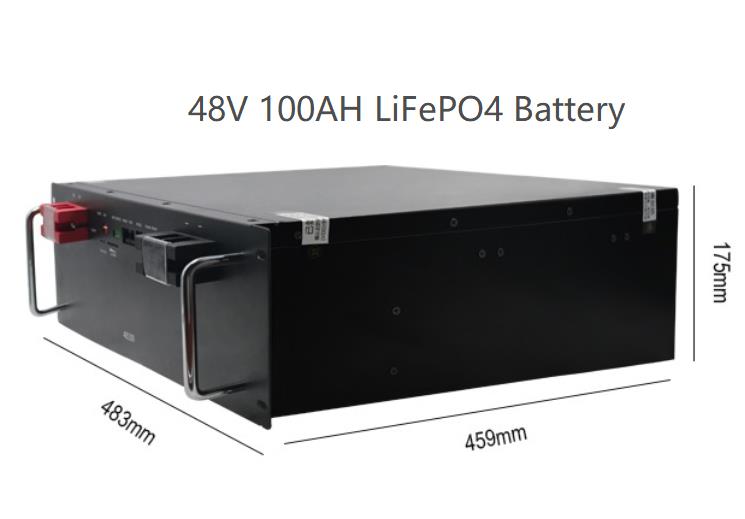
Features
LCD display optional, real-time understanding of battery voltage and capacity.
100A continuous output voltage can continuously charge big-power devices.
The intelligent BMS system can accurately control the battery to improve the lifespan, no explosion, no fire.
Drop-in replacement for heavy lead-acid(AGM / GEL) battery,1/3weight but same capacity.
2000times cycle life@100% DOD , 7000times cycle life@50% DOD , 15 years design lifespan.
Maintenance-free, fully sealed, and waterproof.
Intelligent Battery Management System(BMS)
7. Keheng Low Temperature 48V 50AH Deep Cycle Marine LiFePO4 Battery
Crafted out of Lithium Iron Phosphate (LiFePO4) technology, this is a battery built to last. With 3,000+ recharge cycles (and up to 7,000 under ideal charging conditions,50%DOD) the 48V 50AH LiFePO4 lithium battery provides 5 X the lifespan than your typical SLA battery. Built-in self-heating system, Built-in smart BMS, which can realize real-time monitoring the battery, Compatible with inverters of multiple brands, which can support 16 units parallel connection.
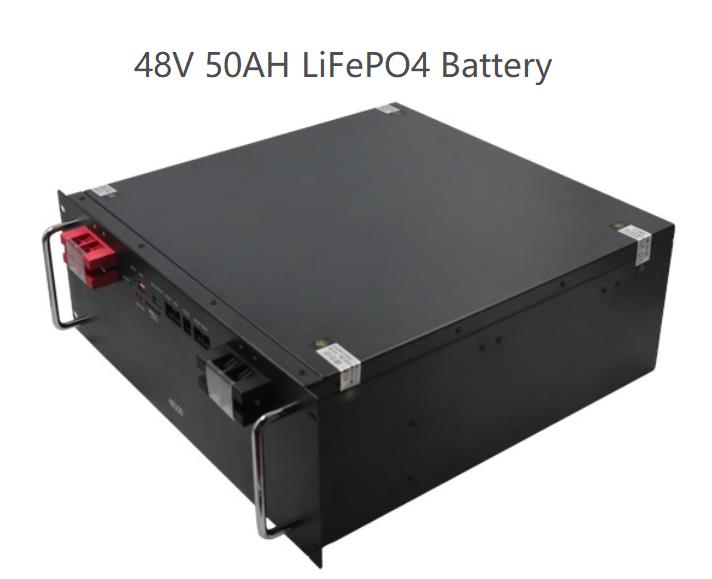
8. Keheng Low Temperature 24V 60AH Deep Cycle Marine LiFePO4 Battery
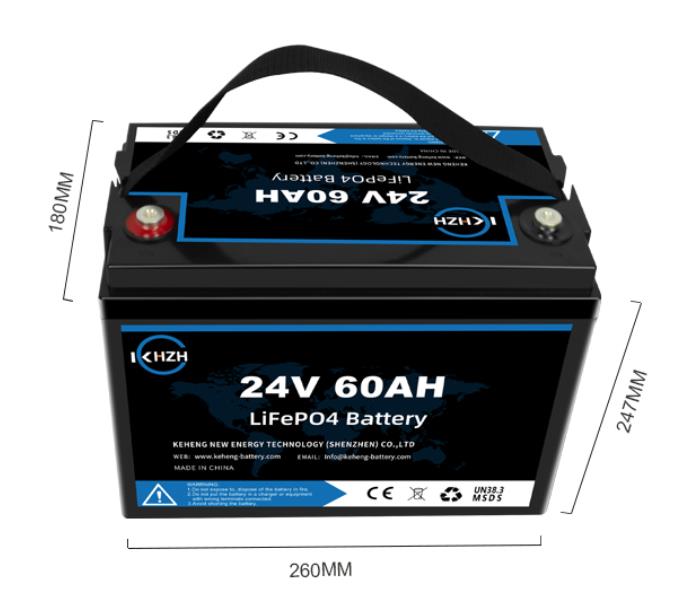
9. DAKOTA LITHIUM 12V 10AH Deep Cycle Marine LiFePO4 Battery
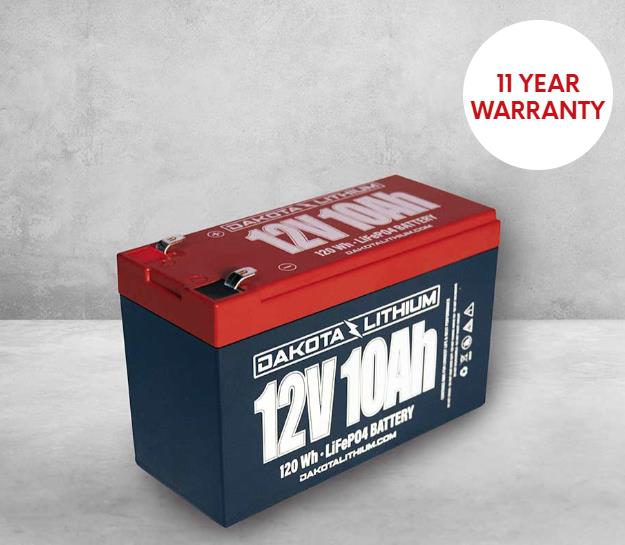
10. DAKOTA LITHIUM 12V 14AH Deep Cycle Marine LiFePO4 Battery(OEM is provided by Keheng)
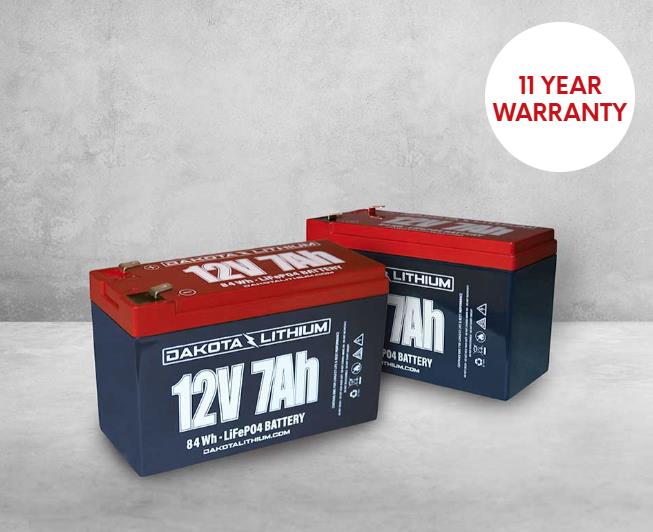
11. RELiON’s Legacy Series Batteries Deep Cycle Marine Battery
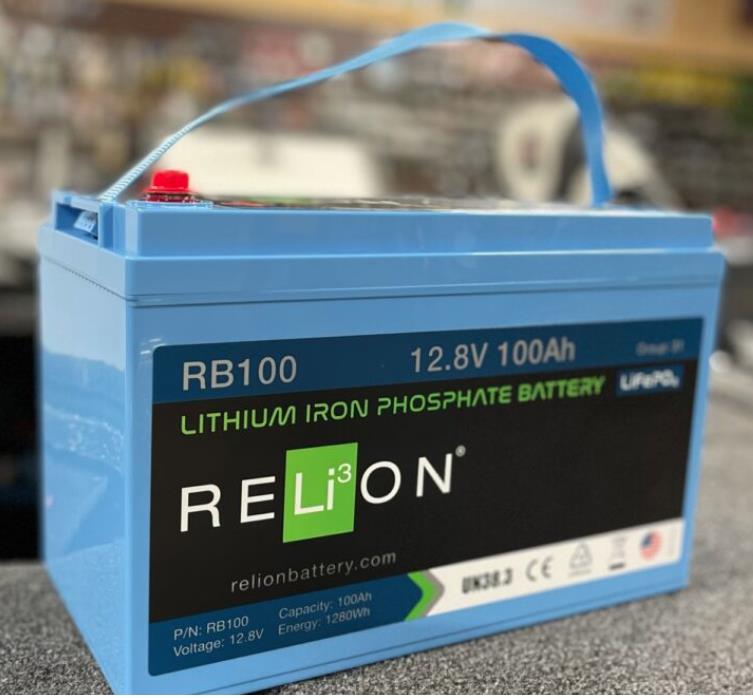
Related Reading:
Are Deep Cycle Marine Batteries Safe To Use On Boats?
Deep cycle batteries are 100% safe to use on board. They are always stored in a durable and vibration-resistant housing and can be installed anywhere. Some offer higher safety benefits, such as IP water resistance or enhanced internal structural design (AGM instead of submerged lead-acid batteries).
How Long Do Deep Cycle Marine Batteries Last?
It depends on battery size and manufacturer. Lead-acid batteries typically last between 500 and 1000 cycles, while lithium iron phosphate marine batteries last between 3000 and 5000 cycles.
final thoughts
Although deep cycle marine lithium iron phosphate batteries are similar to automotive power batteries, do not attempt to use them in a car. Marine Lithium Iron Phosphate batteries are specially designed to withstand the test of the ocean and last longer.
Lithium iron phosphate batteries are proving themselves to be strong contenders for deep cycle demand. Thanks to their reduced weight and maintenance, and driven by environmental benefits, LiFePO4 batteries are an important consideration for marine deep cycle batteries!

